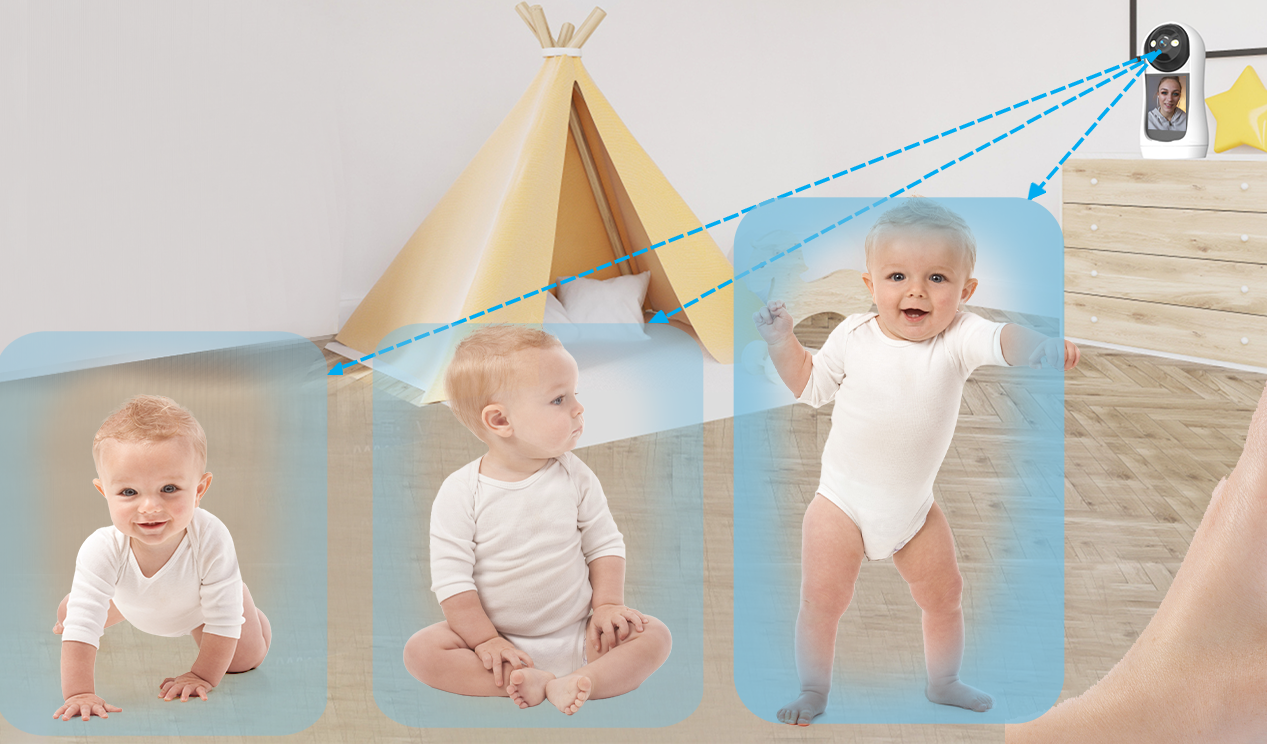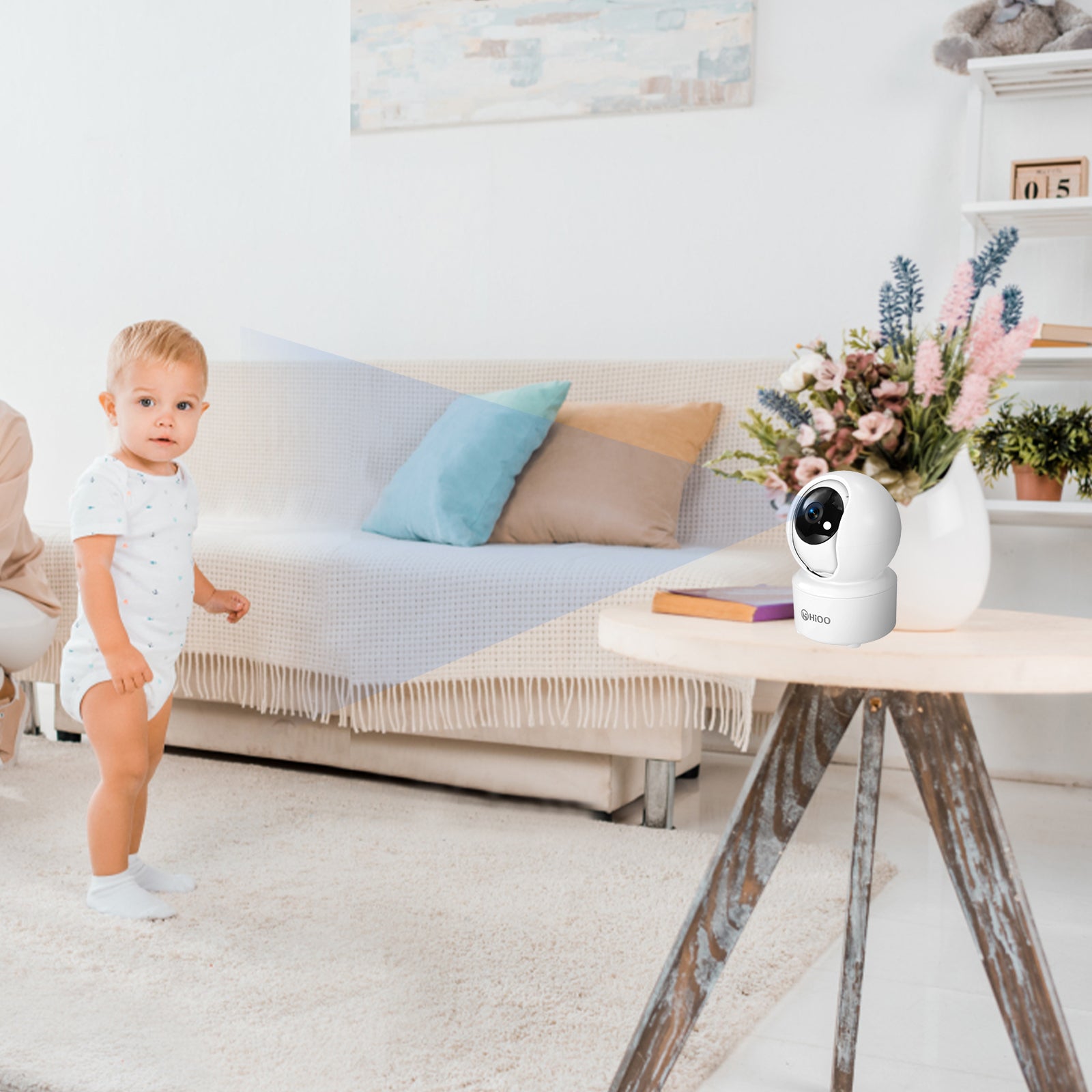In the digital age, indoor cameras have emerged as silent sentinels, revolutionizing the concept of home and space surveillance. These unobtrusive devices pack a punch when it comes to functionality and versatility.
Indoor cameras are designed with cutting-edge optics and imaging technologies. They can capture vivid and detailed video footage, even in low-light or challenging lighting conditions. The wide-angle lenses ensure a broad field of view, allowing for comprehensive coverage of an entire room or a specific area of interest. Some models are equipped with pan and tilt capabilities, enabling the camera to swivel and pivot remotely, providing a 360-degree surveillance experience. This means that no corner or crevice goes unnoticed, giving homeowners a complete visual record of what's happening within their premises.
The power of artificial intelligence has been harnessed in modern indoor cameras. AI-driven features such as facial recognition and object detection have become commonplace. Facial recognition technology can distinguish between family members, friends, and strangers. It can send personalized alerts, for example, notifying you when a specific family member arrives home or flagging an unknown face. Object detection algorithms can identify common household items or potential security threats like weapons or packages left unattended. This intelligent analysis of the visual data not only enhances security but also offers valuable insights into daily activities and patterns.
Connectivity is at the heart of indoor cameras' functionality. They effortlessly sync with home Wi-Fi networks, allowing for seamless streaming of live video feeds to smartphones, tablets, or computers. This means that you can keep tabs on your home from anywhere in the world, whether you're at work, on vacation, or simply in another room. Some cameras also support cloud storage, ensuring that your recorded footage is safely stored and accessible even if the local device is damaged or stolen. Additionally, integration with other smart home devices such as smart locks, thermostats, and voice assistants further amplifies the convenience. For instance, you can configure your camera to work in tandem with a smart lock, automatically unlocking the door when it recognizes a familiar face and simultaneously sending you a notification.
Indoor cameras also play a crucial role in safeguarding the well-being of our loved ones. Parents can use them to monitor their children's sleep patterns, ensuring they are resting comfortably and safely. They can also keep an eye on children during playtime, intervening if necessary. For pet owners, cameras are a boon as they can watch over their furry friends, ensuring they are not getting into mischief or feeling lonely. In the case of elderly or disabled family members, cameras provide a means of discreetly checking on their health and safety, giving caregivers an added layer of reassurance.
However, as with any technology, there are considerations to bear in mind. Privacy concerns are of utmost importance. It is essential to choose cameras from reputable manufacturers who adhere to strict privacy standards and offer robust security features such as end-to-end encryption. Additionally, users should be transparent about the presence of cameras and respect the privacy of others within the household or shared spaces.
In conclusion, indoor cameras have evolved from simple surveillance tools to intelligent, multifaceted devices that enhance security, convenience, and peace of mind. With their advanced features and seamless connectivity, they have become an integral part of modern living, offering a window into our indoor worlds and protecting what matters most.








Leave a comment
This site is protected by hCaptcha and the hCaptcha Privacy Policy and Terms of Service apply.